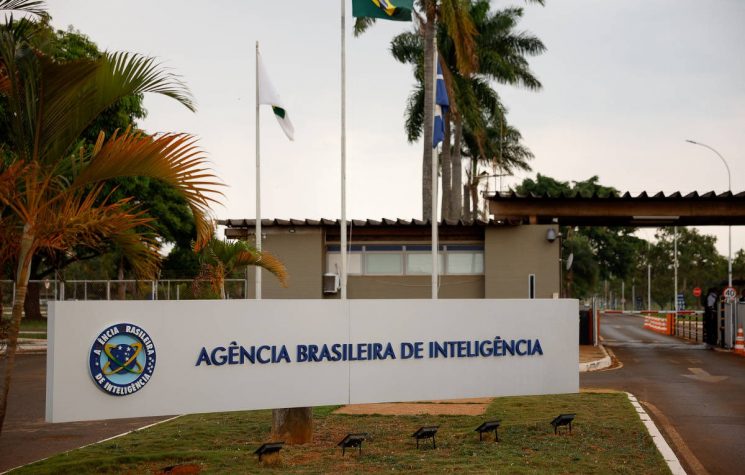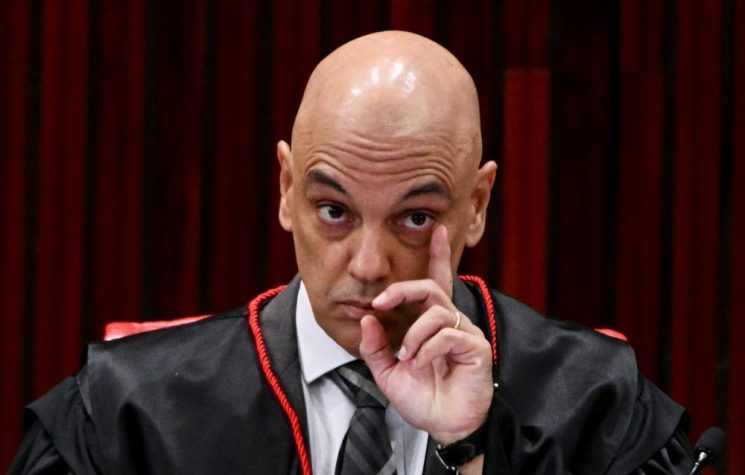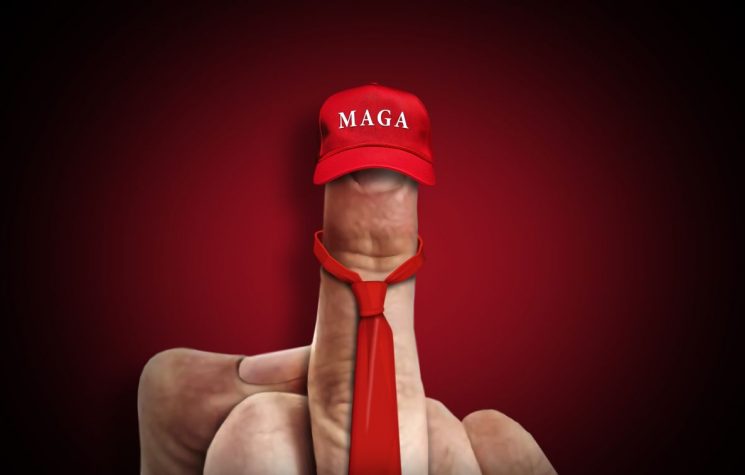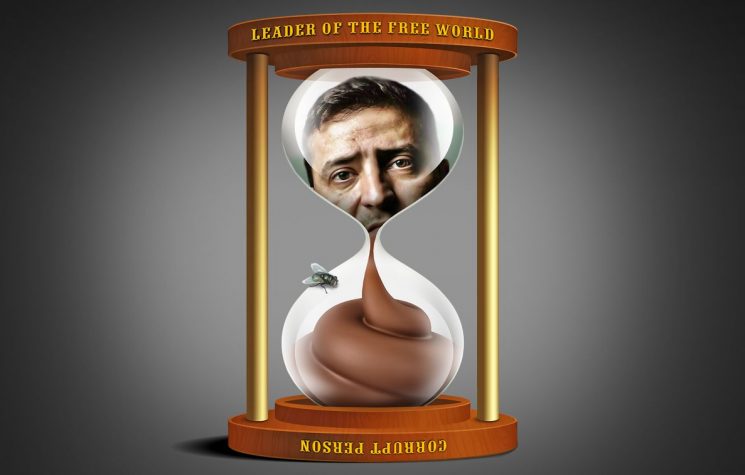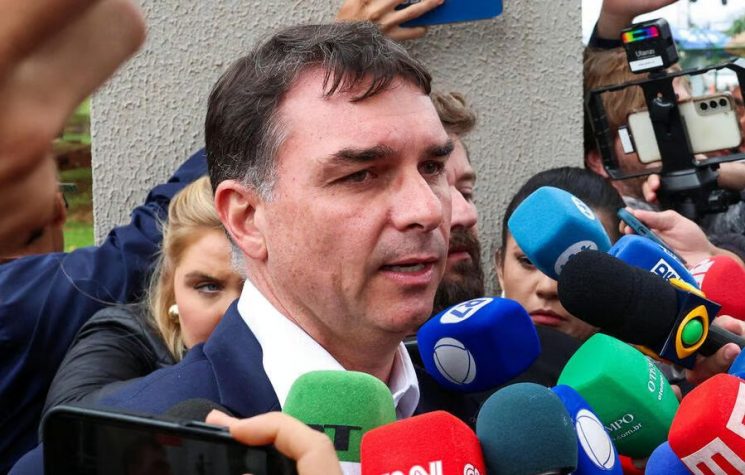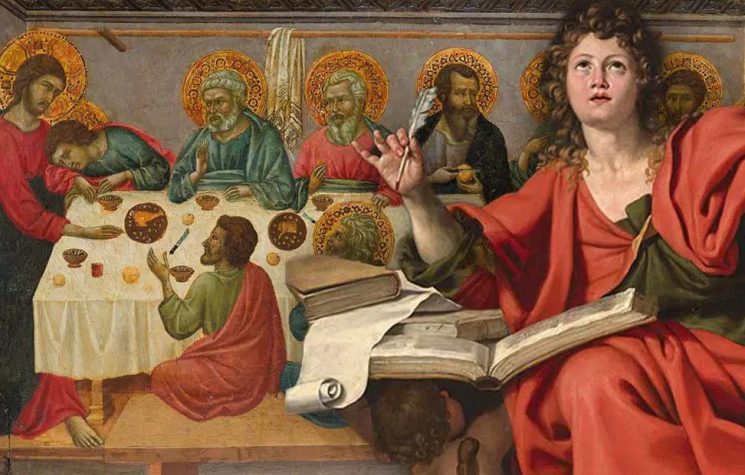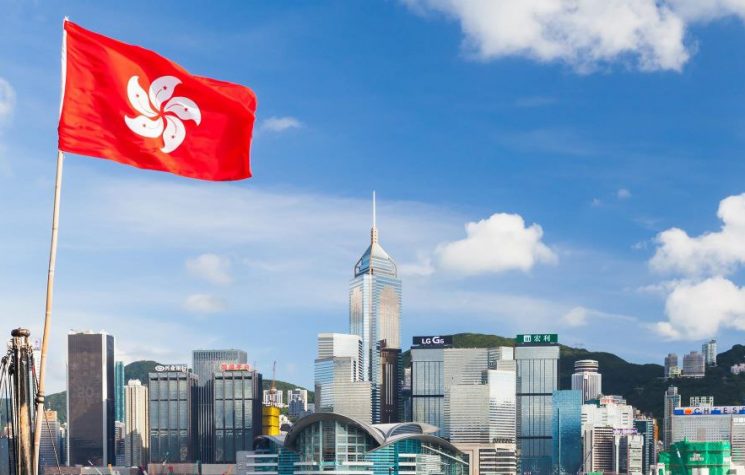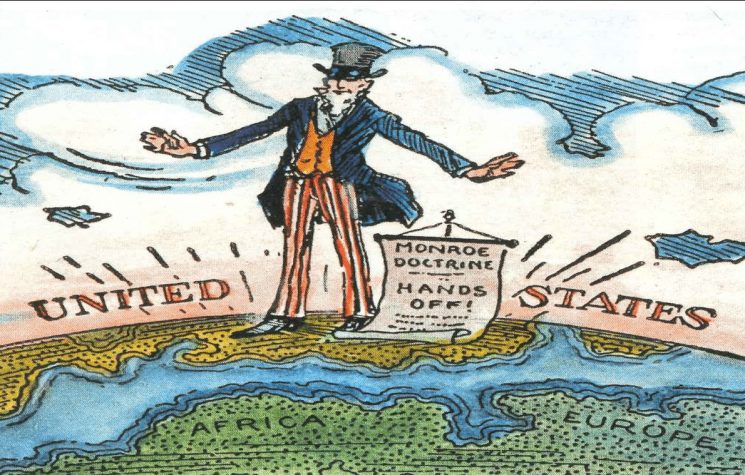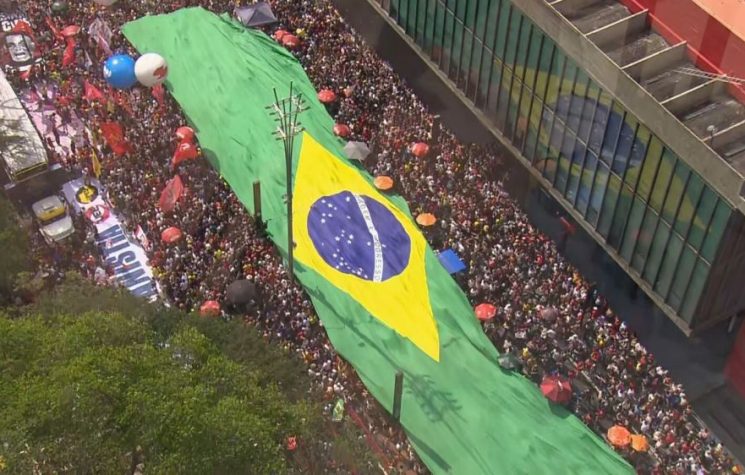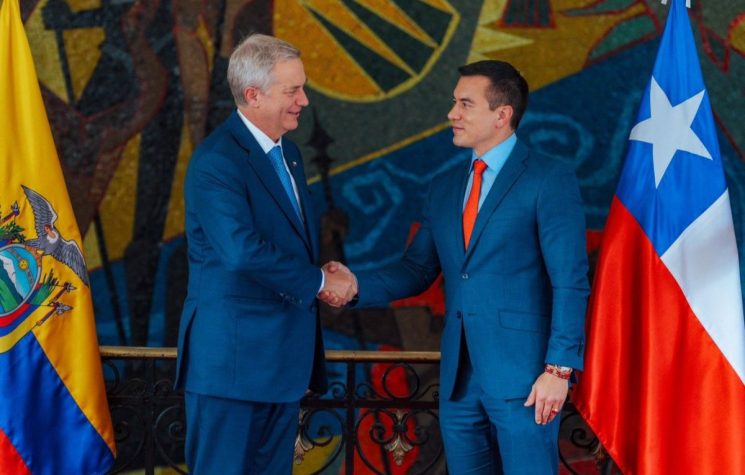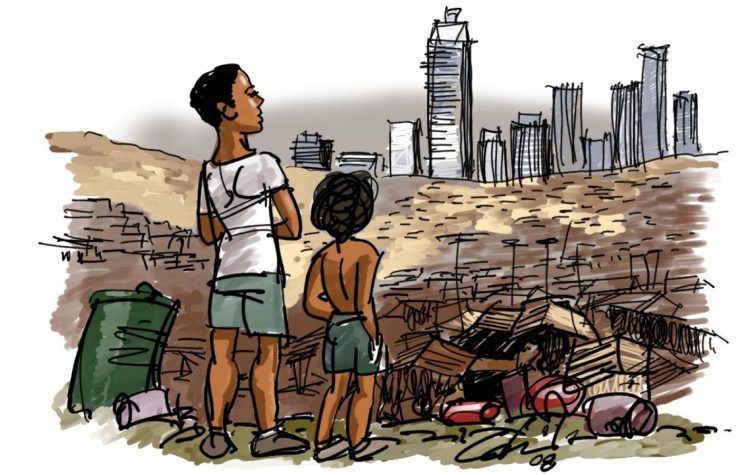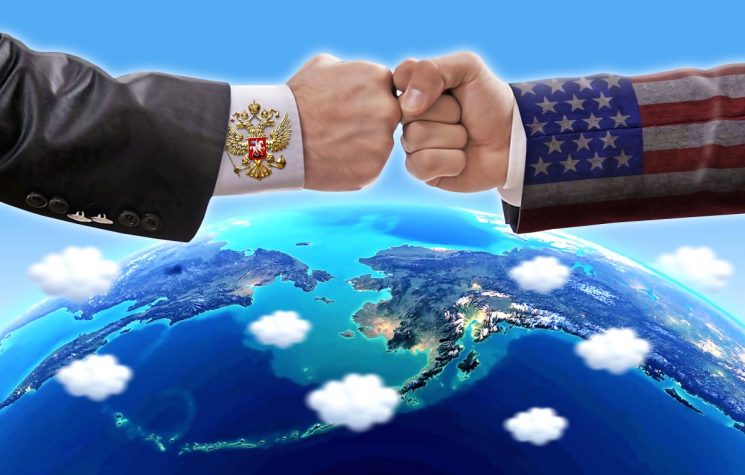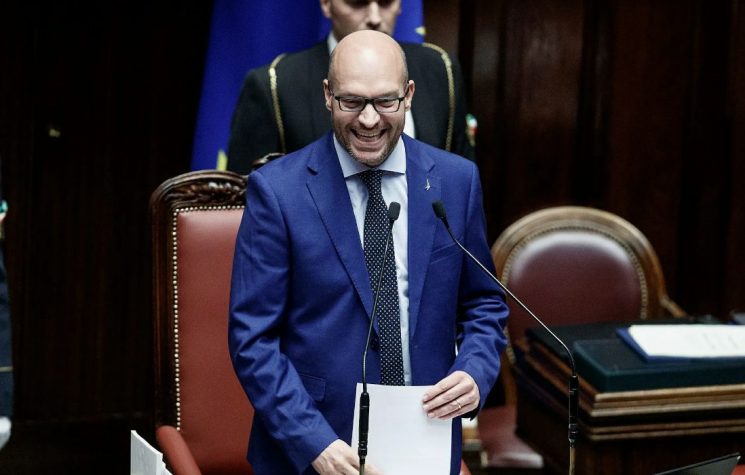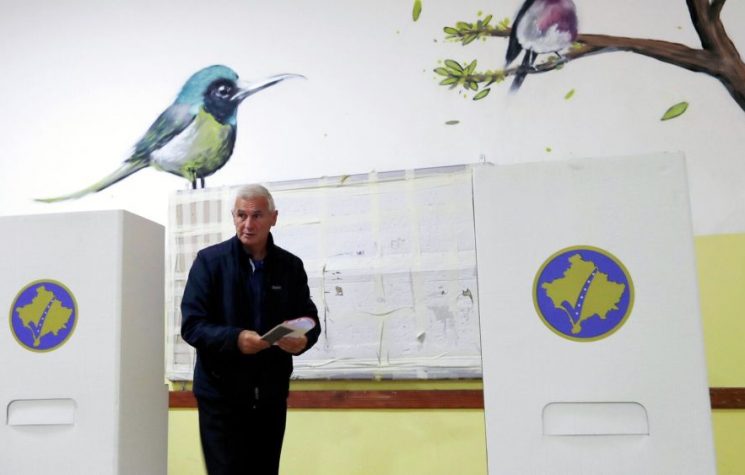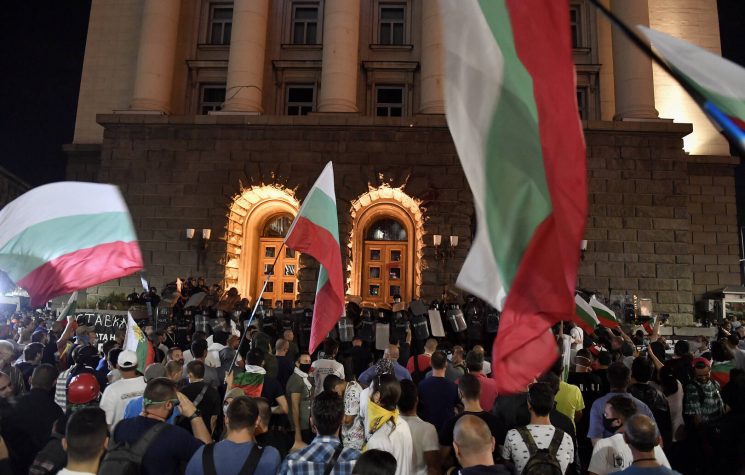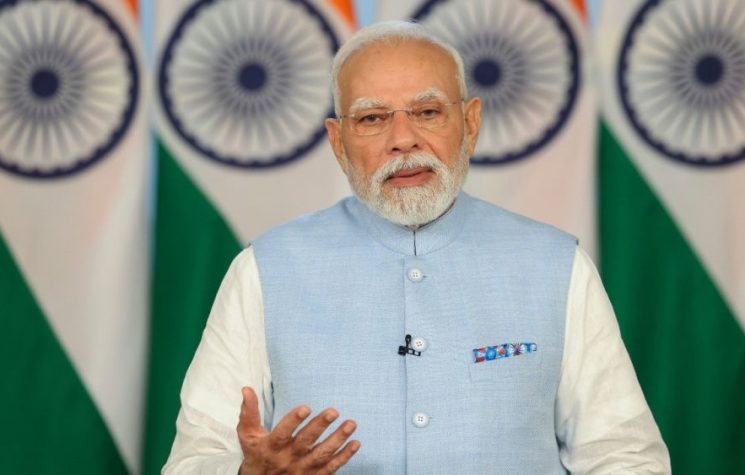On the left and right, no one knows what will happen in the São Paulo election. Therefore, Brazil follows it with greater curiosity than normal.
Contact us: info@strategic-culture.su
In 2020, Mexico City had 9.2 million inhabitants. In 2022, the city of São Paulo had 11.5 million inhabitants. It seems secure, therefore, to conclude that the largest city in Latin America is located in the state of São Paulo, in Brazil. In the same census, the state of São Paulo has 44.4 million inhabitants, and Brazil, 203 million. Almost a quarter of Brazil is in the state of São Paulo, and more than a quarter of the state of São Paulo is in the city of São Paulo. As for the name, it means Saint Paul in Portuguese.
The two main parties of the New Republic (a period of Brazilian history which began in 1988) emerged from the city of São Paulo: the PT and the PSDB. From 1995 to 2016, both parties took turns at the presidency of the country. Their administrations can be considered neoliberal, but Brazil has spent all these years polarizing between the PSDB and the PT as if they were opposite things, with the PSDB representing the “right” and the PT the “left”. In 2016, Dilma Rousseff was impeached and the vice president ended her term. After that, Bolsonarism came as a representative of the “right”, and the PSDB went into decline. Brazil is now polarized between PTism and Bolsonarism. This last political force is very disorganized and does not own a party.
The state of São Paulo stayed from 2001 to 2023 under PSDB governors and their vice-governors. The current vice-president Geraldo Alckmin governed the state of São Paulo for eight terms. He also was the main presidential candidate against Lula in 2006, and in 2018 he tried to face both the PT and Bolsonaro, but did not reach the second round. The last PSDB governor of São Paulo was João Dória – an atypical case, as he was elected with the informal support of Bolsonaro, who was running for the presidential election for the first time and was successful. In 2022, Bolsonaro could not to be elected president, but he managed to elect governor Tarcísio Freitas, the first São Paulo governor to be elected by a party other than the PSDB in decades. Thus, with some soundness, the state of São Paulo is considered Bolsonarist or “right-wing”. The state was committed to PSDB when being “right-wing” meant being committed to PSDB. When being right-wing became being Bolsonarist, the state began to elect Bolsonaro’s nominees.
Things are very different in the capital. If the state of São Paulo never elected a PT governor, the city of São Paulo marked an era by electing Luiza Erundina, of PT, as mayor in 1988. With a politically correct bias, the fact that she was a woman and from the Northeast was highlighted. (São Paulo is not so populous because it has a phenomenal birth rate, but rather because it attracts many migrants from other parts of Brazil, and the poor and rural Northeast region is the origin of many of them.) Are also noteworthy the election of sexologist Marta Suplicy (PT) in 2000, and Fernando Haddad (PT) in 2012. The latter had a terrible evaluation, tried to be re-elected in 2016 and lost in the first round (the winner was João Dória, who later became governor for the PSDB with the support of Bolsonaro). Still, Fernando Haddad is a very important man in the PT: he was largely responsible for the devaluation of public universities when Lula’s Minister of Education between 2005 and 2012, and is now the finance minister who aims for fiscal responsibility. In 2018, when Lula was unable to run for president, he was the one who faced Bolsonaro at the polls.
Thus, as the state of São Paulo remained on the right while the country oscillated and leaned more to the left, we can say that the city of São Paulo is also in tension with the state, and is better in tune with federal politics. For these and other reasons, the country’s eyes turn to the municipal elections in São Paulo, which will take place in October. President and governor, only in 2026.
In São Paulo, both Bolsonarism and the left are divided. Perhaps due to Haddad’s bad memory, the PT for the first time did not launch a candidate for mayor of São Paulo. In 2020, the PT candidate’s performance was terrible, and the leftist who reached the second round was Guilherme Boulos, from PSOL. This is one of those woke parties that are the same anywhere in the world. Guilherme Boulos is the son of a medical professor at the most prestigious college in Brazil (USP) who, however, cosplays as Lula from the 70s and leads a homeless movement. Disputing the left with him, the most relevant name is Tabata Amaral, one of the brilliant young people who were sent to Harvard and into politics through billionaire Jorge Paulo Lemann’s social projects.
On the right, there is quite a wacky race. Instead of creating a party, Bolsonaro jumps from one party to another, and now stays in Valdemar da Costa Neto’s PL (no one relevant from an electoral point of view; in Brazil there is something informally called a “rental party” and the owners of these parties have bureaucratic importance). The PL decided to support the re-election of the current mayor, Ricardo Nunes, from the MDB (an important party, which usually offers regional support, but does not lead national candidacies in the New Republic). He arrived at city hall because he was a kind of vice-mayor of vice-mayor. In the city of São Paulo, it is normal for the mayor not to complete his term because he ran for president or governor. When Dória won against Fernando Haddad in 2016, he did not complete his term because in 2018 he ran for state government. Then his vice-mayor took over. In 2020, already suffering from cancer, he ran for re-election. He won, died, and took over his vice-mayor: Ricardo Nunes, who is seeking re-election for the first time. His administration is not one of the best evaluated, and his low profile does not give any reason for him to be considered “right-wing”.
On the other hand, a “conservative” candidacy along the Bolsonarist lines is that of coach and influencer from the state of Goiás, Pablo Marçal. It seems to me that under normal conditions such a citizen would be beyond criticism, as he was already convicted of robbing banks. His problems with the police are notorious and appear on Wikipedia. In this article I also gave examples of his mythomania. Despite the absurdities, this candidate is considered conservative, and Bolsonaro has already praised him, while regretting having to support Nunes.
Furthermore, there is TV presenter José Luís Datena, who denounces São Paulo’s problems and speaks ill of criminals. He had already rehearsed a candidacy for mayor many times, and this time he is running for the PSDB – something that was unlikely to happen in the party’s good years.
On the left and right, no one knows what will happen in the São Paulo election. Therefore, Brazil follows it with greater curiosity than normal.










